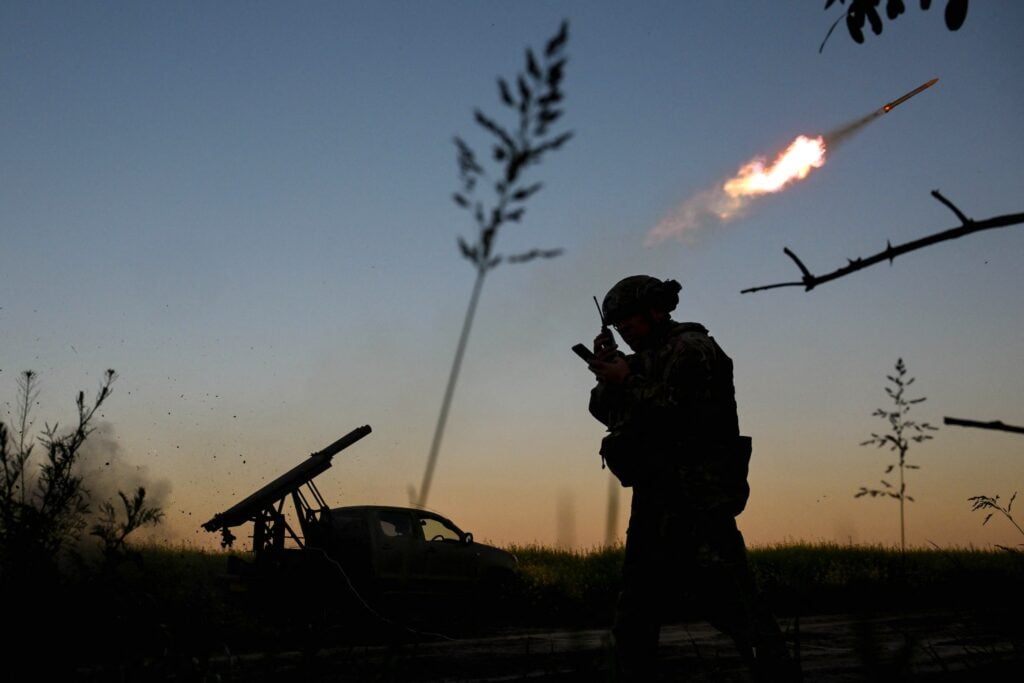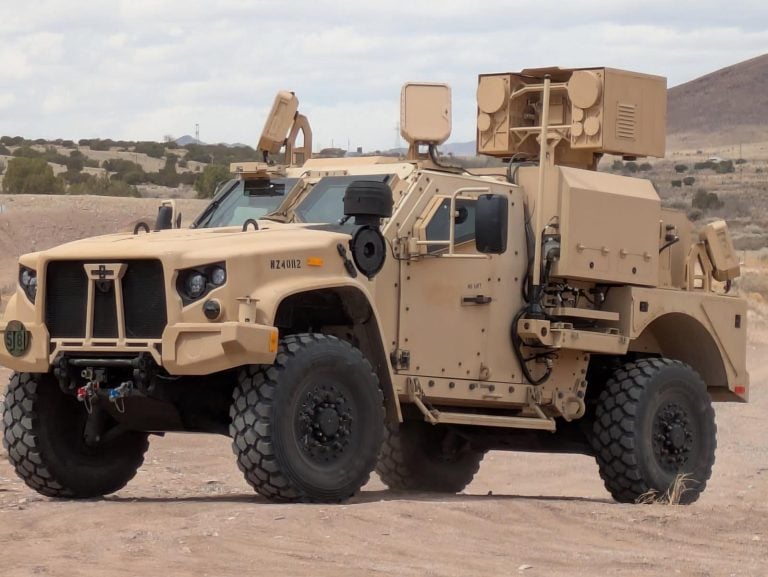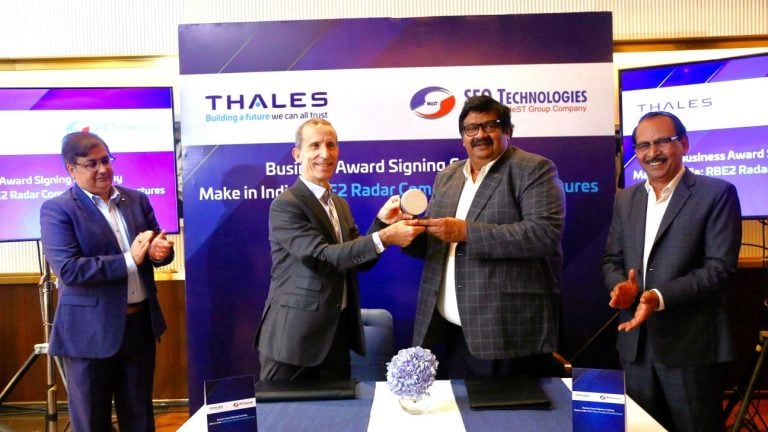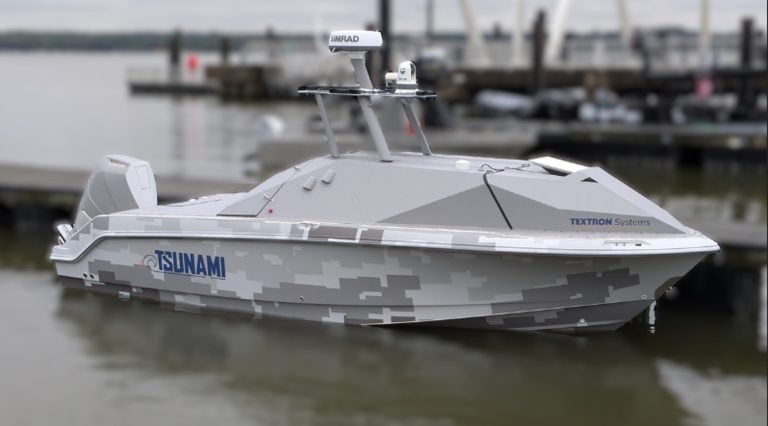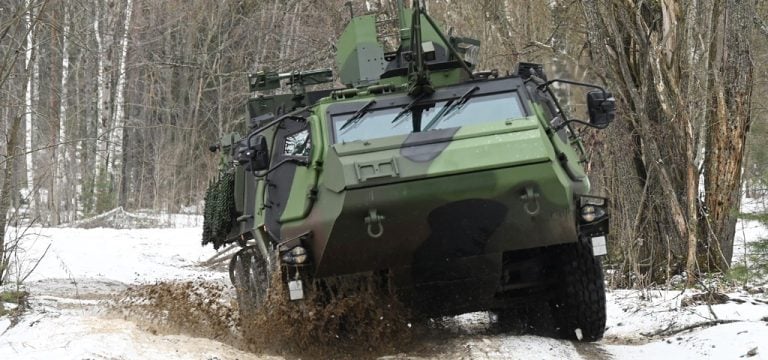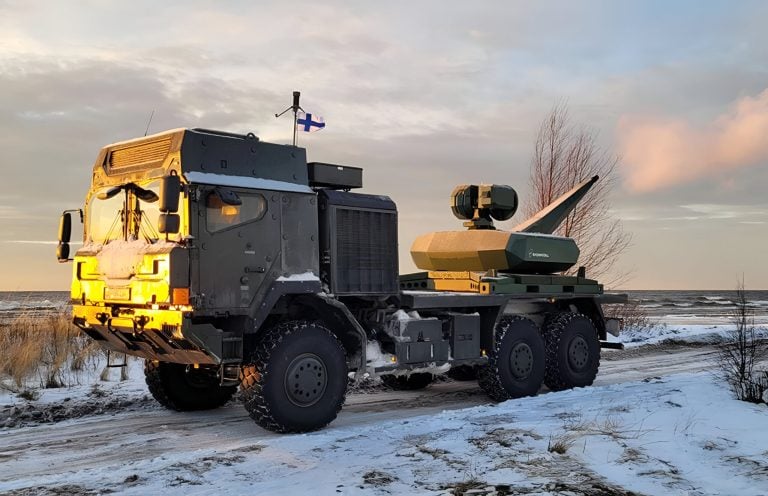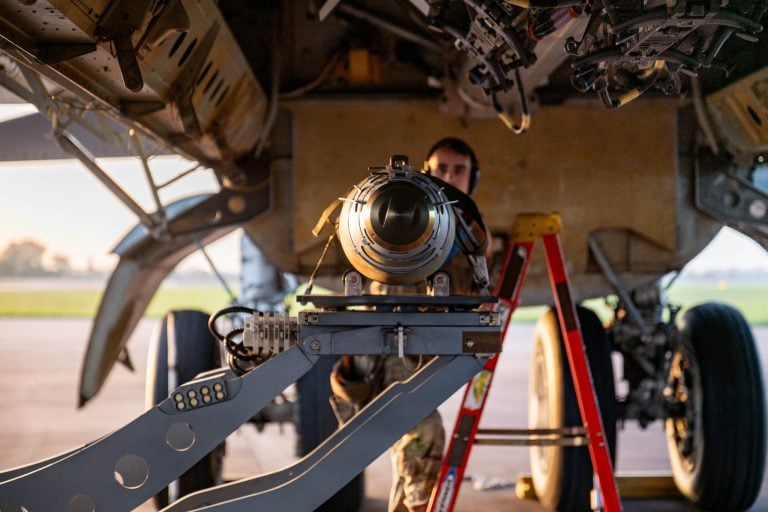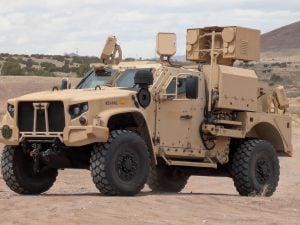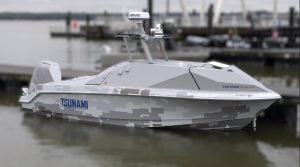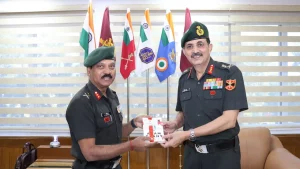The legacy of World War II continues to shape contemporary Russia, particularly as President Vladimir Putin seeks to rally public support for the ongoing war in Ukraine. Drawing on themes of sacrifice and national resilience, Putin invokes the memory of the Soviet struggle against Nazi Germany, where millions lost their lives and the nation faced near destruction.
Historical accounts reveal the depth of Soviet endurance; approximately 28 million Soviets perished during the conflict. Among them were two grandfathers of one individual, one returning home, while the fate of the other remains uncertain—he could have been killed, exiled by Stalin, or defected to the West. Such personal narratives reflect a collective memory that strengthens Russia’s identity and its view of warfare.
The Soviet Union’s ability to recover from early setbacks in World War II has been a cornerstone of Russian military philosophy. The siege of Leningrad and the brutal battle of Stalingrad, which saw nearly two million casualties, illustrate a historical pattern: initial losses followed by rapid adaptation. Stalingrad, in particular, marked a critical turning point; its strategic location was essential for Nazi ambitions toward the oil-rich Baku region.
Fast forward to the current conflict in Ukraine, a mirrored narrative of initial challenges followed by an aggressive response. Russia’s initial attempt to swiftly seize Kyiv in early 2022 was thwarted, primarily due to innovative Ukrainian tactics involving drone strikes. In response, Russia ramped up its drone production, with projections indicating nearly one million drones will be produced by year’s end. These drones are utilized in complex offensive strategies aimed at overwhelming Ukrainian defenses.
However, NATO countries appear to lag behind in this arms race. Reports suggest that Russia outpaces NATO in ammunition production, which NATO Secretary General Mark Rutte highlighted as a concerning trend. As the war drags on, there’s a growing sentiment in the West that a prolonged struggle could weaken Russia, but this carries substantial risks. Such a scenario may divert NATO’s focus and resources from other potential conflicts, notably with China, which could perceive this as an opportunity to advance its own territorial ambitions, particularly regarding Taiwan.
To address these challenges, several strategic actions are imperative for NATO and its allies. There is an urgent need to accelerate ammunition production and bolster Ukraine’s air defenses to create protective layers over major cities. Disrupting Russia’s drone supply chain and deploying advanced jamming technologies can further neutralize threats from the air.
Moreover, reinforcing economic sanctions against entities enabling Russia’s war efforts is essential, tightening the screws on Moscow to inhibit its military funding. On the diplomatic front, the West should pursue a credible peace framework. Although Ukraine has every right to defend itself, strategic considerations for a resolution may also benefit negotiations. This could include assurances of Ukraine’s neutrality and discussions around the status of Crimea, potentially paving the way for compromise.
As the conflict continues, the urgency of the situation becomes increasingly clear. With Russia learning from its past and effectively adapting its tactics, NATO’s response must be equally dynamic. The longer the war persists, the greater the opportunity for Russia to enhance its military capabilities—and the more it could embolden other geopolitical players, such as China, to test their own ambitions on the global stage.
